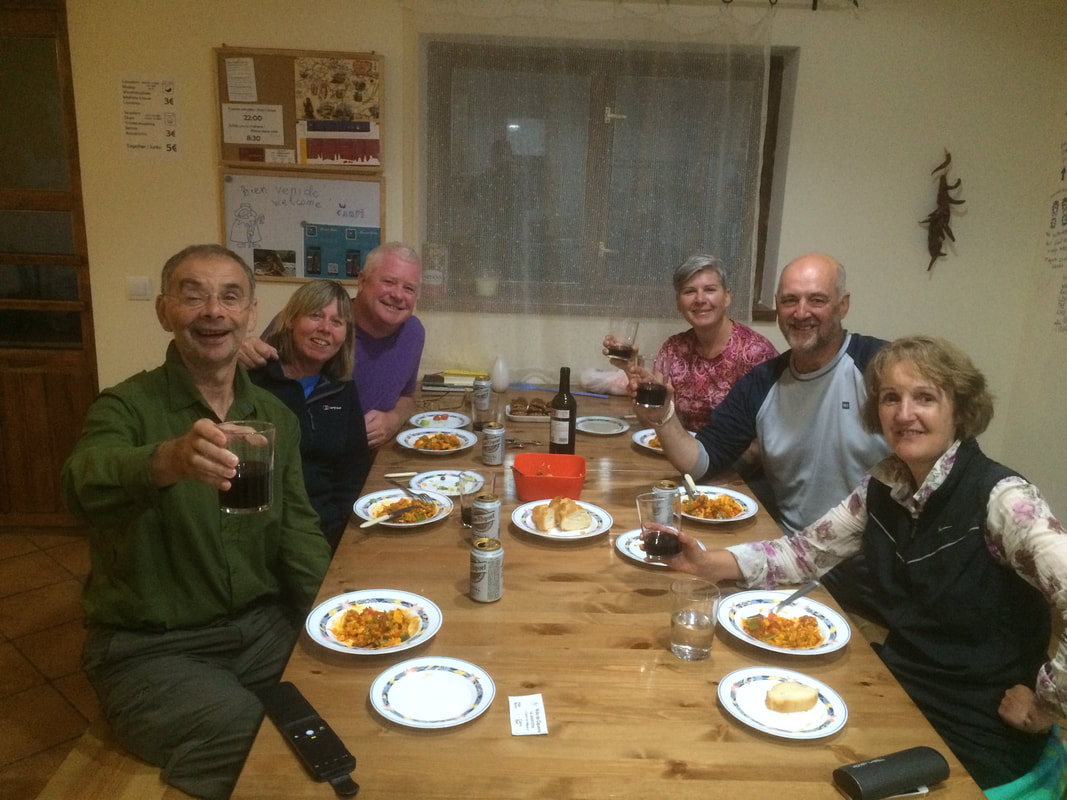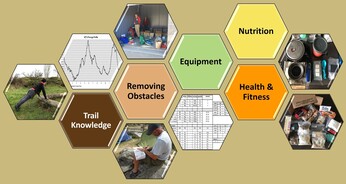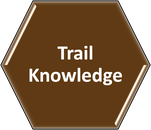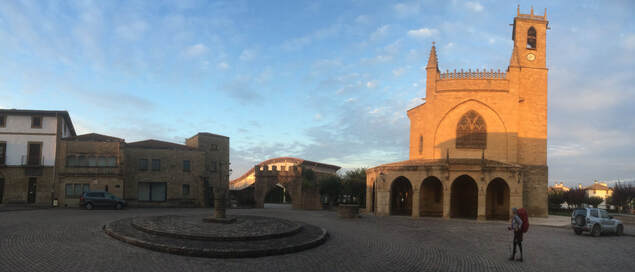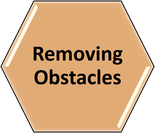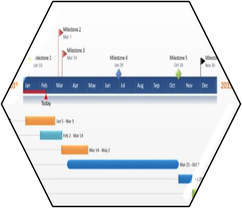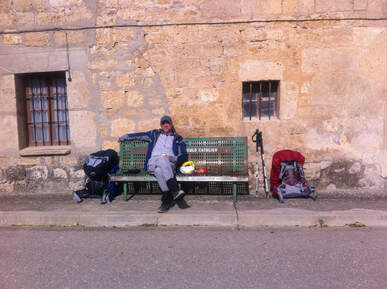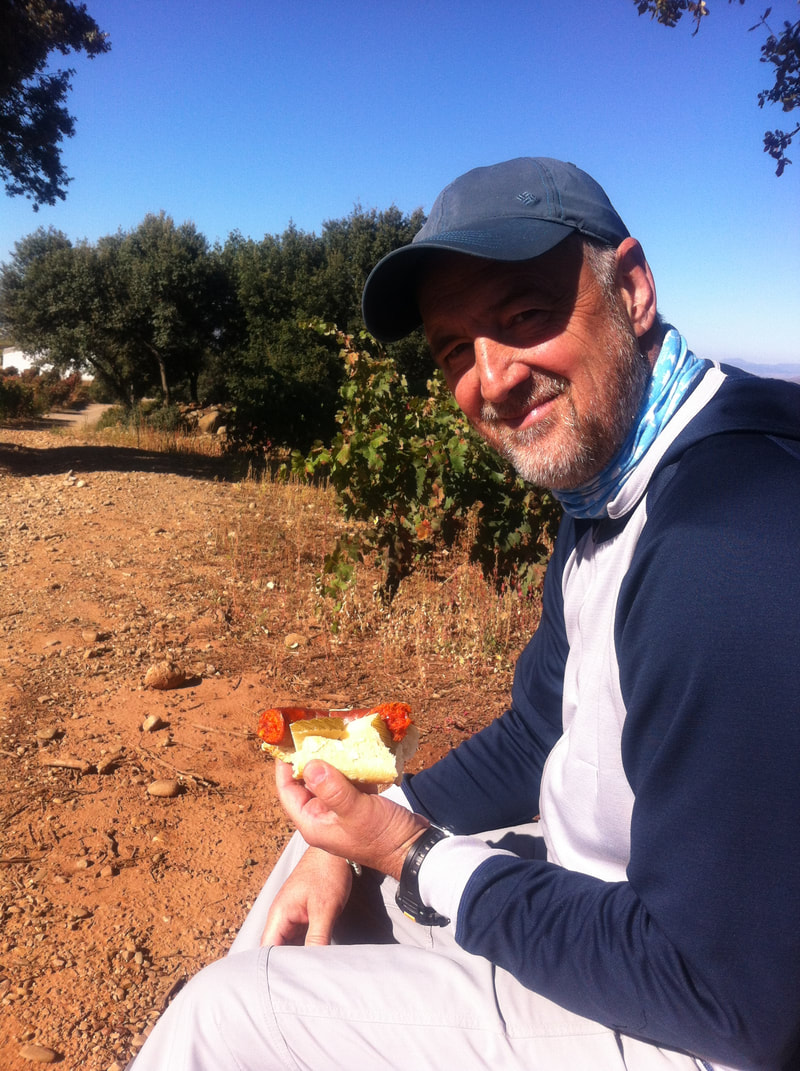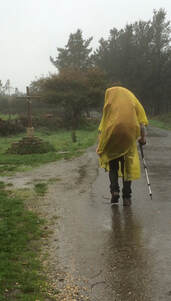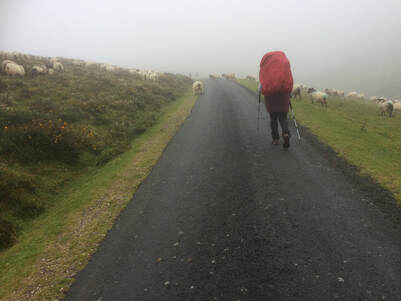Our first Camino de Santiago was the classic Camino Frances. We intended to use it as a training for the Arizona National Scenic Trail. That was silly... it is magnificent in its own right! Here is an outline on the itinerary we chose and overview of our preparation for The Way of St James.
|
Thanks to the great work of the "Brotherhood of the Camino de Santiago" and their members. That's where we acquired most of the information needed to create our initial plan (itinerary). We used a trail book as well, it provided all the accommodation options and so much more regardless of your chosen itinerary.
The guidebook suggested an itinerary, we kept close to it but given the significant supply of hostels (Albergues), there is fair amount of flexibility available. On the Camino most of the communal hostels are first come first serve, other Caminos have fewer hostels and it's advisable to reserve at least two or three days in advance in the more populated areas. |
Financial:
- Depending on where you live, transportation includes airfare, trains and buses or cabs to get to the start of the pilgrimage.
- A pilgrimage passport is needed to stay at the hostels. It can be purchased through your local Camino brotherhood association for $5-10.
- The cost for a night’s stay in communal or private hostels vary. Private Chambres d’hôte are more expensive but offer privacy and luxury of your own bathroom. Camping is typically not allowed along most of the Camino.
- Some Albergues offer an evening meal to the pilgrims, and others offer a breakfast as well. These meals are modestly priced, and the portions are copious. They are also a chance of getting to know other travellers.
- A cab can be hired to drive extra luggage to the next hostel for about 5 Euros.
- Guiding companies can be engaged to organize the trek. This usually includes transportation, accommodations, and meals.
|
Time Commitment:
|
Health and Fitness:
Skills:
- The terrain of the Camino is rolling. Most of the trails are in good condition. A good base of fitness is recommended to reduce muscle soreness when starting the trek.
- No inoculations are needed to travel to Europe.
- There are physiotherapists, massage therapists, doctors, and pharmacies along the way if needed. Remember that these professionals may not speak English or French.
Skills:
- The Camino is well marked. The guidebooks also describe the way clearly. The hiker just needs to pay attention to the signs to orient.
- Understanding and speaking the language of the country is important for asking directions, purchasing food or meals, booking into lodging.
|
On the Camino Frances, we carried all our equipment in our backpacks. We depended on the hostels to provide beds, and some blankets and pillows. We also chose to purchase food at local markets and grocery stores. The hostels generally had a communal kitchen with all the necessities for meal prep. This meant there was no need for camping, or cooking. Water in Europe is generally potable.
Items of importance were a silk slip to reduce the bedbug encounters, shower sandals, and some city clothes for visiting the towns at the end of the day. Looking back, we would have used toilet paper and hand sanitizer for toilets along the way. Restaurant and café toilets were often lacking in these amenities. There is additional information in our 'Equipment Section'. |
|
The joys of pilgrim treks are many. But one of them is certainly the food. Europeans love to eat and eat well. Each area offers some gastronomic specialty. Farmers markets and restaurants are marvelous to explore.
Travelers with special dietary needs, or picky eaters, should inform themselves what will be available to them during their trek. An example of this is that Europeans love meat. Vegetarian meals may be far and few between. We purchased food at markets and groceries and made picnic lunches and hearty meals for most suppers. If a hostel provided an evening meal, we would partake. Breakfasts were eaten at cafés. Things we learned on the Camino:
|
|
Walking long distances every day takes a toll on our bodies. Preparing for the adventure buy building a good fitness base will reduce the aches and pains of those first few days on the trek. For detailed information on our exercise routines check out our 'Exercise' page. |

